The Great Texas Mopar® Auction: Part XIII
You hear it all the time on late night TV commercials for golden oldies record collections and commemorative coin mint sets: “but wait…there’s more!” When it comes to the Great Texas Mopar® Hoard Auction Event there is more – lots and lots more.
So far here at the DodgeGarage in our weekly preview stories, we’ve profiled just 60 of the 260 vintage and special interest cars, vans, pickups and light trucks that’ll all be auctioned with no reserve on October 13, 2021, during this all-online sales event.
And yes, we’re back this week with another group of interesting vintage Mopar vehicles that you can own by placing the winning bid from the comfort of your living room or laptop computer. Like most of the items collected by the late John Haynie – the man who gathered these vehicles together on his family ranch in the great Texas prairie – these are mostly project cars. They won’t start up and drive away because most have been sitting immobile for decades. Shipping will be required. But that’s no big deal. Again, these vehicles are mostly from the extremely dry, arid desert southwest.
By contrast, vintage vehicles sourced from within the rust belt may be closer to your garage, but the time, expense and effort required to eradicate the deep-set rust and corrosion found in most rust belt vehicles makes the shipping cost of desert-sourced alternates seem minimal.
Let’s dig in with another serving of sweet Texas metal from the Great Texas Mopar Auction Event. Information about how to register to bid and post-sale shipping options will appear on Spanky’s Freedom Car Auctions website as the auction date draws near. Until then, “but wait…there’s more!”
1959 Plymouth Belvedere: Lot #65
“Daddy, why does that Plymouth have a toilet seat on the trunk?” Tough questions demand tough answers. This 1959 Plymouth Belvedere two-door hardtop is equipped with the new-for-’59 Flight Sweep faux spare tire affixed to the skin of the deck lid. Cashing in on the Continental spare tire craze of the mid-fifties, this extra-cost stamped metal embellishment was easily lampooned by harsher critics but stands as an iconic – and highly desirable – detail today.
Slotted between the economical Savoy and exciting Fury/Sport Fury, the Belvedere shared the same basic body and chassis but with more (or less) gingerbread than its siblings. One thing all 1959 Plymouths shared was the final year of traditional body-on-frame construction. For 1960, semi-unitized construction would replace the heavy steel frame with lighter gauge frame stampings welded directly to the bottom of the floor pan.
This lighter construction was used from the firewall back. Ahead of the firewall, a traditional sub-frame (which bolted to the underside of the floor pan) supported the engine, front suspension, fenders, hood, grille, front bumper and related components. For this reason, these are known as semi-unitized bodies. Fully unitized construction would never come to the full-size Mopar C-body line though the compact 1960-1976 A-body and mid-size 1962-1978 B-body used integrally welded front inner fenders for a much lighter result, and are correctly described as being fully unitized.
1959 was also the final year for the ancient 230-cubic-inch flathead six engine, which is seen in this well-preserved example. Replaced in 1960 by the much more modern overhead valve-equipped 225 Slant Six, the 230 flathead six had roots going back to 1936. Priced at just $2,461 ($120 less than a similar V8-powered Belvedere), this Belvedere six has the optional Powerflite two-speed automatic transmission, a $189 extra that replaced the standard three-on-the-tree manual transmission. One item that’s absent is a radio. No, the original unit hasn’t been removed. Rather, like vintage cars, this Belvedere is a “radio delete” unit. That is, the original buyer decided against spending $59.00 for the push-button AM radio. Maybe he (or she) wasn’t an Elvis fan.
Elvis fan or not, we do know the original buyer enjoyed smoking because the unique one-piece (radio delete-spec) dashboard dress plate is pierced with a circular hole to accept a cigar lighter, which set the buyer back a whole $4.00. Other austere touches include the basic molded rubber floor mat and front bench seat. With its slick fastback roofline, exotic tail fins and that crazy deck lid, this six-cylinder Belvedere could be mistaken for a muscular Sport Fury – until the gas pedal is mashed into the rubber floor mat. But that can be changed…
1960 Plymouth Belvedere: Lot #64
Though similar in general appearance to its 1959 predecessor, this 1960 Plymouth Belvedere two-door hardtop is quite another animal. As stated in the description for Lot 65, the 1960 model year brought semi-unitized construction to the full-size Plymouth line. This fastback roofed example is one of 14,085 built, of which very few survived the sixties without rotting into the ground.
Chrysler-Plymouth was known for above-average engineering at the time, but somehow the rust proofing process was neglected to the point where these cars quickly earned a nasty reputation for water leaks and premature rust-out. Not here. As a Texas car, it is in nearly rust-free condition. The front fenders, hood, doors, deck lid and wheel lips all attract a magnet and while a few areas along the lower rocker panels reveal bubbles where rust is beginning, the beauty is that none of it has been “doctored” with plastic filler to hide any flaws.
Packing the base 318 V8 with polyspherical heads and a single two-barrel carburetor, a three-speed Torqueflite® automatic transmission ($211), power steering ($77), heater and defroster ($75), back-up lights ($11) and two-tone paint ($17) are among the factory-installed extras that justified the approximate $2,936 sticker price when new. Some might wish for the all-new Sonoramic Commando 383 with its exotic crisscross dual carburetion under hood, but at a stout $405, very few were built. That said, on Thursday, October 14th, the day after this car (and over 250 others) sell, a second auction consisting of the late John Haynie’s massive collection of engines, parts and memorabilia takes place. And yes, among the goodies are several factory-issue Sonoramic setups… Go get it!
1969 Plymouth Fury III Convertible: Lot #61
In 1969, Plymouth built a total of 352,844 full-size Fury models. Of them, just 5,708 were convertibles. This 1969 Plymouth Fury III convertible is equipped with the base V8, a 318 small block with 230 horsepower and is backed by the Torqueflite automatic transmission with a column-mounted shifter. The engine is partially disassembled but that’s no concern since most buyers would probably be inclined to replace it with something a bit beefier … perhaps a Mopar Performance 472 crate HEMI engine? The folding top has disintegrated but the all-important inner frame and hinges are present and waiting for fresh fabric and a rebuild.
Wearing Texas license plates hasn’t prevented a bit of rust from attacking the lower regions of the fenders and rear quarter panel extensions but what rust is present hasn’t been “doctored” or hidden by previous owners. That means what we see is what we get and few hidden surprises lurk beneath hastily applied shiny paint. Factory options include power drum brakes and power steering.
Back in the 1970s and 1980s, cars like this clogged used car lots and junkyards as they trickled down from their original owners to a string of less-caring owners. By the year 2000, big Plymouths were seldom seen on any road and today, few people are old enough to even recognize the year, make and model. But we know better, right? Thanks to its solid bones – and open top body configuration – this pale yellow rider should soon be back on the road.
1981 Plymouth Gran Fury Police Pursuit: Lot #60
John Haynie – the late owner of the Great Texas Mopar Hoard Auction Event – had extremely varied tastes. Fortunately for us, among his interests were police package Mopar vehicles like this 1981 Plymouth Gran Fury A38 Police Pursuit, which is the last of the breed.
Though it’s based on the short-lived full-size R-body (1979-1981), which looked large enough to accept the mighty 400 and 440 big blocks that made earlier Mopar Pursuits legends, Chrysler Corporation’s 1979 discontinuation of all big block engines left the R-body (Chrysler New Yorker, Dodge St. Regis and Plymouth Gran Fury) with 225 Slant Six (really!), 318 or 360 small block V8 power.
The 1979-1980 E58 360 made 195 net horsepower and was reasonably swift, thanks in part to real dual exhaust with two very expensive platinum-intensive catalytic converters. But for 1981, federal emissions regulations scrapped the 360, leaving the smaller 318 as the top power offering. Seen here, the E48 318 four-barrel mustered just 165 net horsepower. Period testing conducted by the California Highway Patrol (CHP) of a similar 1981 Dodge St. Regis A38 Police Pursuit resulted in 0-60 acceleration in an absurd 13.2 seconds while the quarter-mile drag strip sprint took 19.6 seconds at a mere 74.5 mph.
If the reduced performance seems a forfeit to speeders, this quote from a Detroit manufacturer’s representative illustrates a significant change in mindset: “The need for a pursuit vehicle is an emotional one. There is other technology that will do as well. Remember also that in the final analysis, it is safer not to pursue.” In other words, law enforcement began to rely on radios, road blocks and helicopters to nab runaways.
Getting back to Lot 60, despite the reduced performance, this A38 Pursuit packs loads of very unique chassis, suspension and electrical equipment, including a heavy-duty 100-amp Chrysler alternator with dual drive belts, heavy-duty disc/drum brakes with semi-metallic pads, vented 15×7 police/taxi/fleet wheels, aluminized engine compartment heat shields, full gauges, a certified 125 mph speedometer, rubber floor matting, front bucket seats (not the expected bench) and many more heavy-duty items that hide in plain sight. Best of all, despite the appearance of rust along the lower fenders, rockers and rear quarter panel extensions, the fact is the white paint has been sand blasted away by desert winds. The metal beneath is supreme and solid. With its GM-supplied Rochester Quadrajet four-barrel carburetor and massive high-flow single exhaust system, this 1981 Plymouth Gran Fury A38 Pursuit is truly the last of a special breed.
1969 Dodge A108 Van Trailer: Lot #59
Everyone wants to be special. We also want our collector vehicles to be special. In the case of this 1969 Dodge A108 van, it’s special, special, special, special! That’s the number of times (four) the word “special” appears on the stamped metal vehicle identification plate. To be truthful, Dodge’s truck division often used the word “special” to denote unique or unusual equipment specified by a fleet buyer.
This clean, original paint A108 was originally ordered as part of a fleet of service and installation vans by Mountain Bell telephone back in 1969. Like most large-scale work vehicle purchases, Mountain Bell had specific needs that weren’t met by garden variety vans and used its clout to get “special” items added – or in some cases, deleted – for better efficiency. We’re not sure what was so “special” about the make, model and capacity of the rear axle (see photo), but it was enough to trigger numerous odd stampings on the data plate. We’d bet there might be a specific gear ratio, or perhaps a Sure Grip differential hiding within its 8-3/4 axle housing. We lacked the equipment to dig in, so the end buyer will have to solve the mystery.
Getting back to the vehicle, Dodge wasn’t first to the domestic forward control compact van market, but by many accounts Dodge did those best. Starting in 1964, when the smartly efficient A100 arrived, it was the only member of the Big Three’s forward control vans with optional V8 power in the early sixties. And while the G-series Chevy Van (a.k.a. Carryall) was strictly an enclosed van through its entire life, Dodge (and the 1961-1967 Ford Econoline) could also be had as a compact pickup truck.
Things grew in 1967 with the addition of the Dodge A108 van seen here. With an extra 18 inches added aft of the driver seat, wheelbase grew from 90 to 108 inches and cargo capacity blossomed. Records show that in 1969, a total of 47,651 Dodge vans were produced; and while most folks today remember the short, cute A100 – with its tidy 90-inch wheelbase – the longer, more useful A108 accounted for 30,807 units, or around 2/3 of them.
Built for work, many A100 and A108 vans were delivered with curious window arrangements. Some had none (Lot Number 55), some had windows all around (Lot Number 84) and some even had doors on both sides (Lot Number 11). Here we see no windows or doors on the driver side and a full four windows and doors on the passenger side. Power came from the trusty and economical 225 Slant Six. But that was then.
As the pictures clearly show, somewhere along the line, this A108 van was converted into a rather large tag-along box trailer. The front suspension, engine, transmission, radiator and engine dog house have been removed. A simple galvanized steel Shoreline boat trailer frame juts out from the nose, awaiting a tow. Though it may seem that an otherwise nicely preserved van has been crudely sacrificed, close inspection reveals the trailer frame to have been simply bolted to the existing sub-frame and floor pan. A rusty donor A100 van could yield its front suspension, driveline, engine covering, seats and steering column to bring this pristine, rust-free survivor back to life. As simple as these great old vans are, the transformation could be completed in a weekend. It’s really that solid and simple!
Okay, that wraps up this week’s preview of the Great Texas Mopar Auction Event. We’ll be back next week – right here at the DodgeGarage – with more, more, more!
Meanwhile check out these other cool Mopar vehicles up for grabs:
The Great Texas Mopar Auction: Preview
The Great Texas Mopar Auction: Part II
The Great Texas Mopar Auction: Part III
The Great Texas Mopar Auction: Part IV
The Great Texas Mopar Auction: Part V
The Great Texas Mopar Auction: Part VI
The Great Texas Mopar Auction: Part VII
The Great Texas Mopar Auction: Part VIII
The Great Texas Mopar Auction: Part IX
The Great Texas Mopar Auction: Part X
The Great Texas Mopar Auction: Part XI
The Great Texas Mopar Auction: Part XII
The Great Texas Mopar Auction: Part XIV
The Great Texas Mopar Auction: Part XV
The Great Texas Mopar Auction: Part XVI

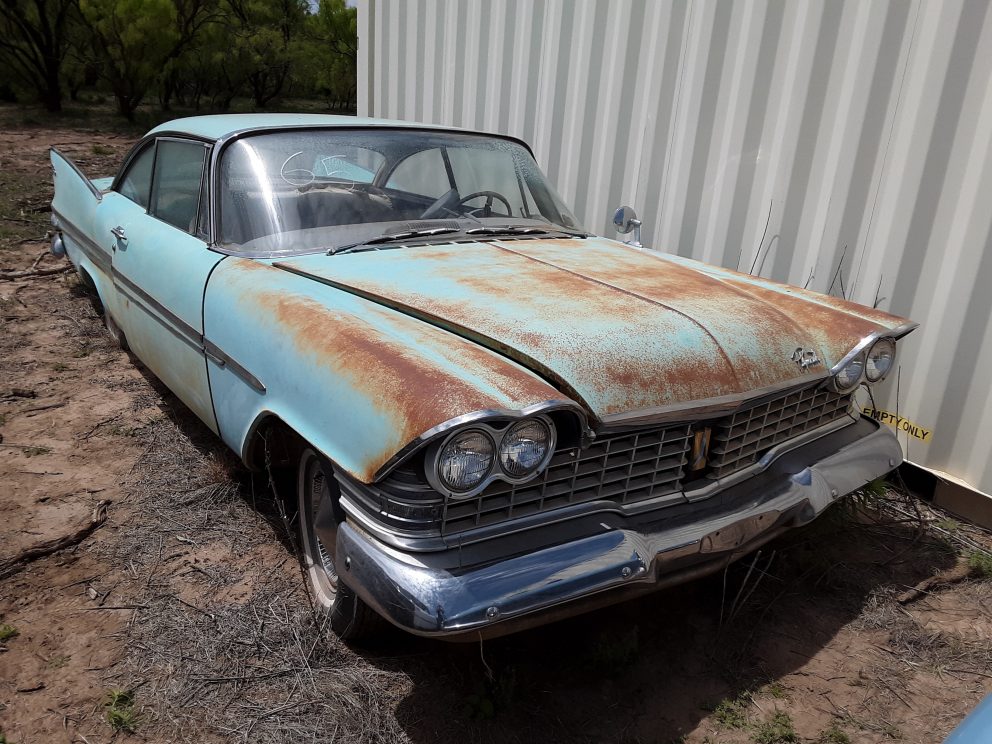
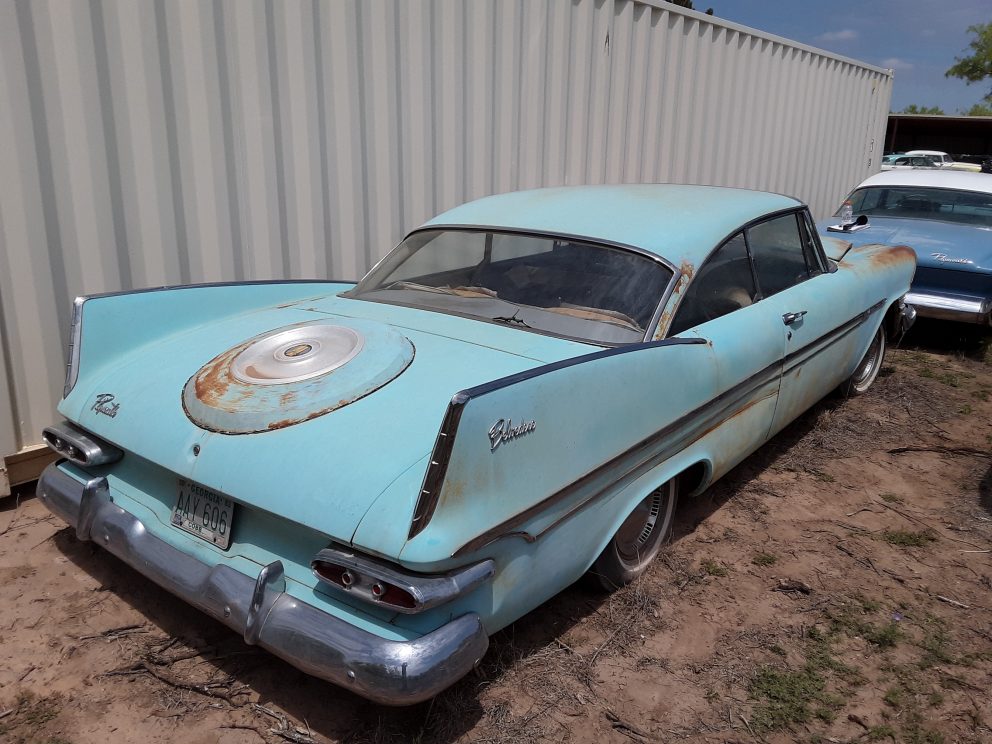
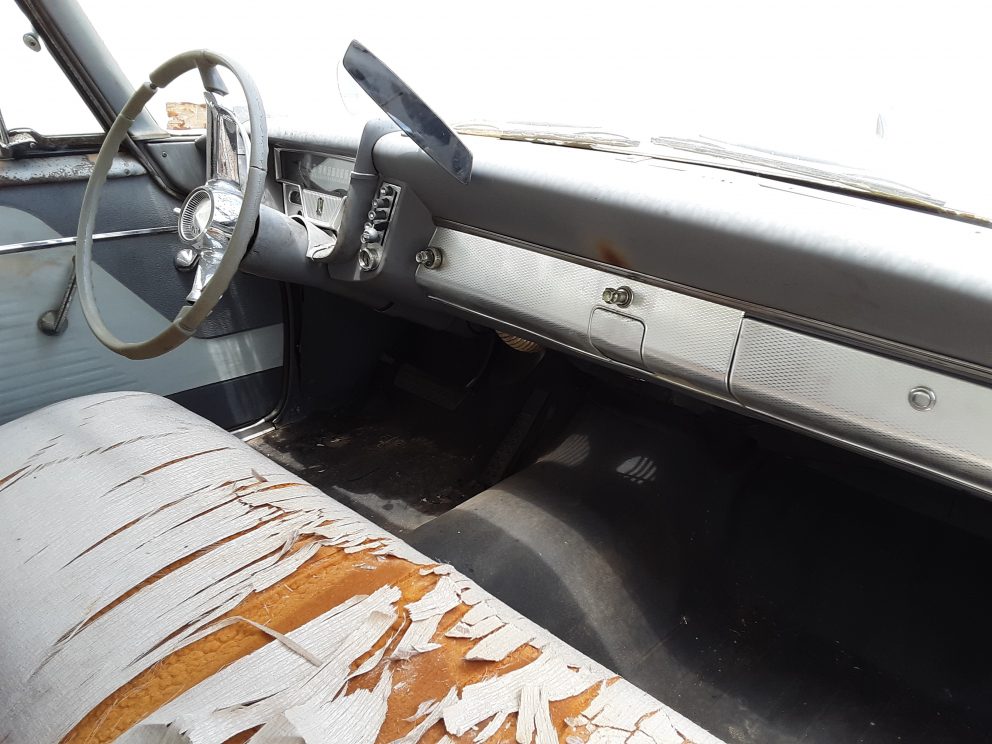
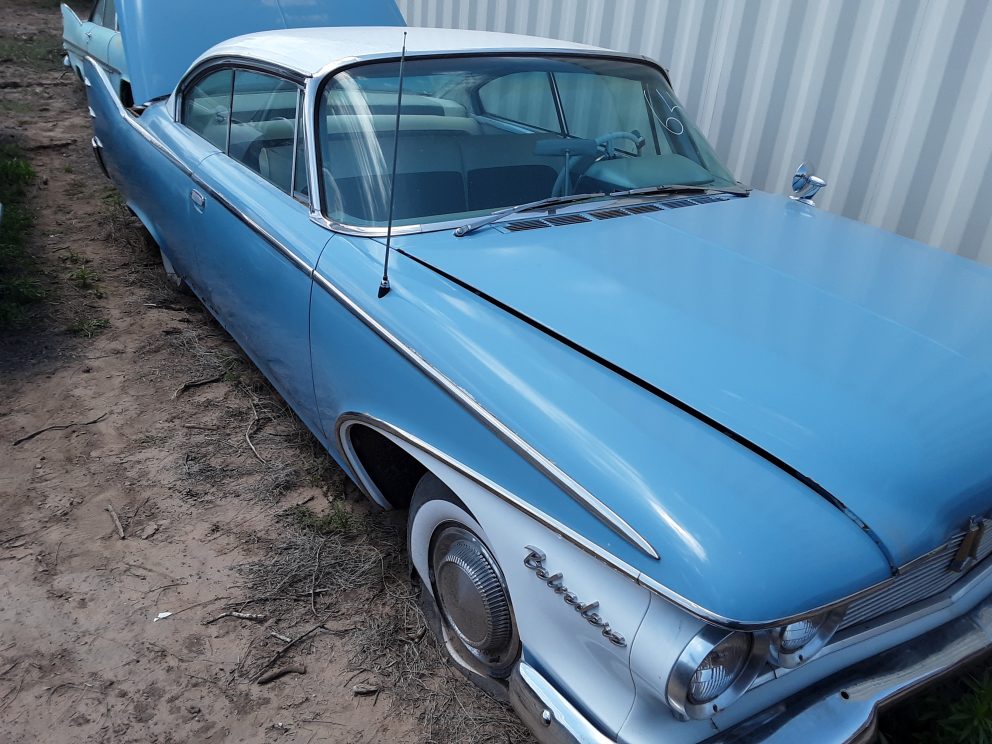
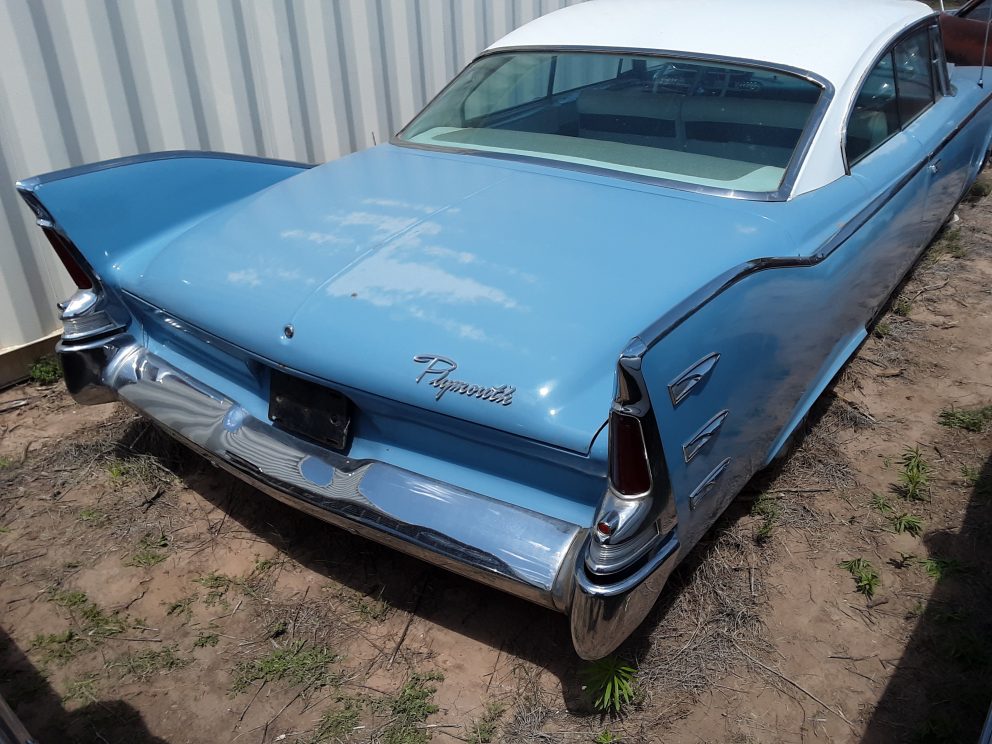
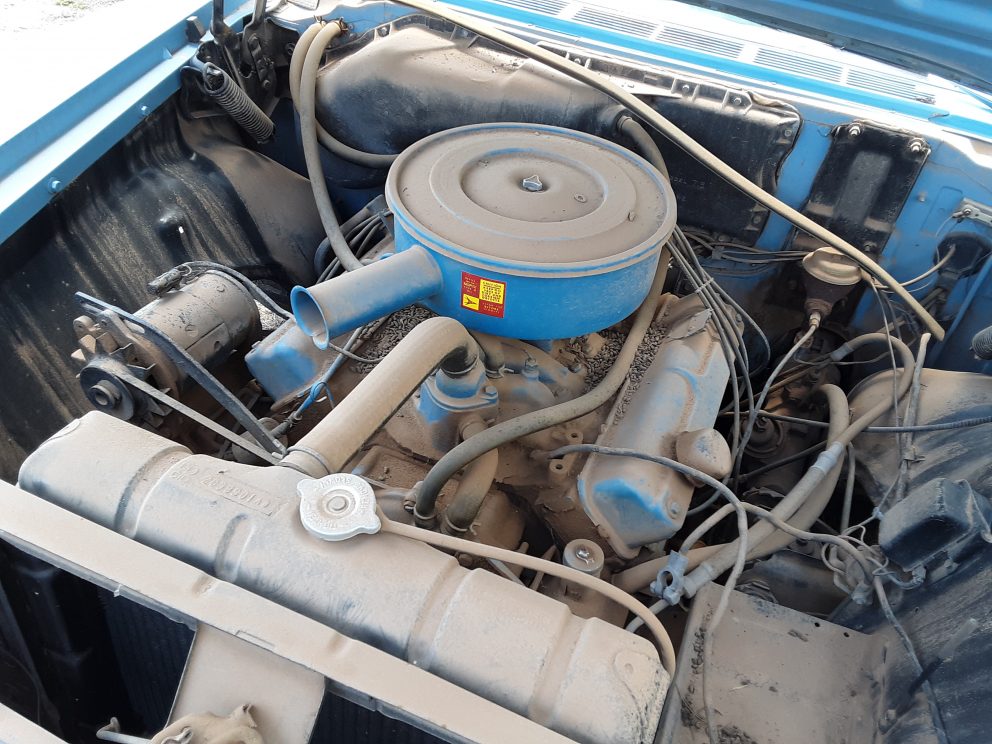
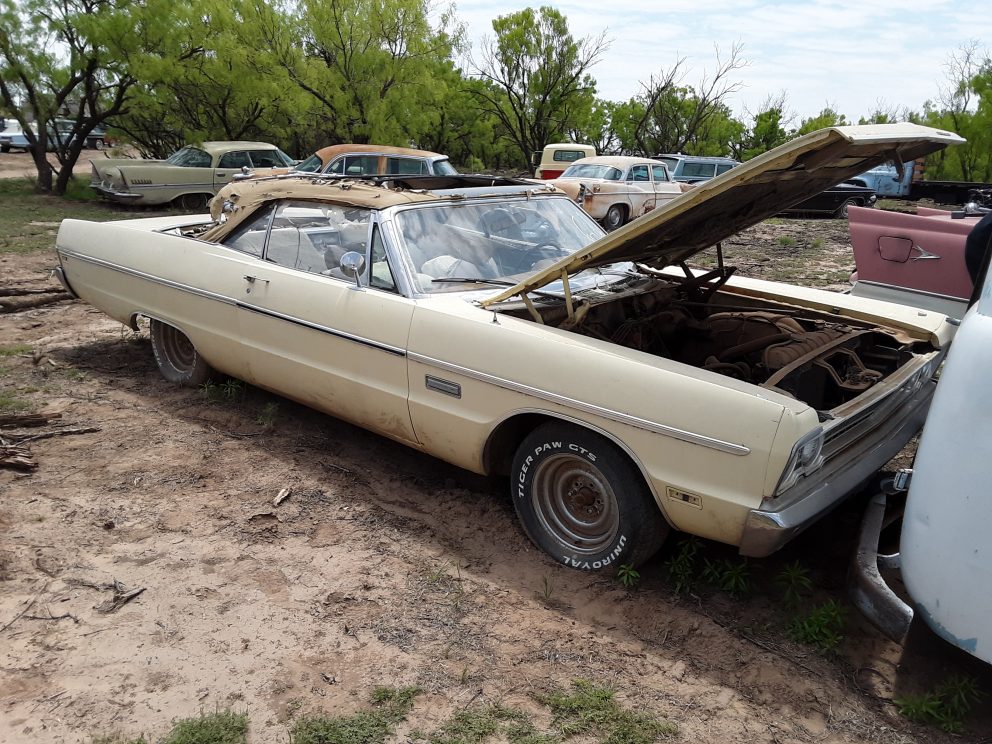
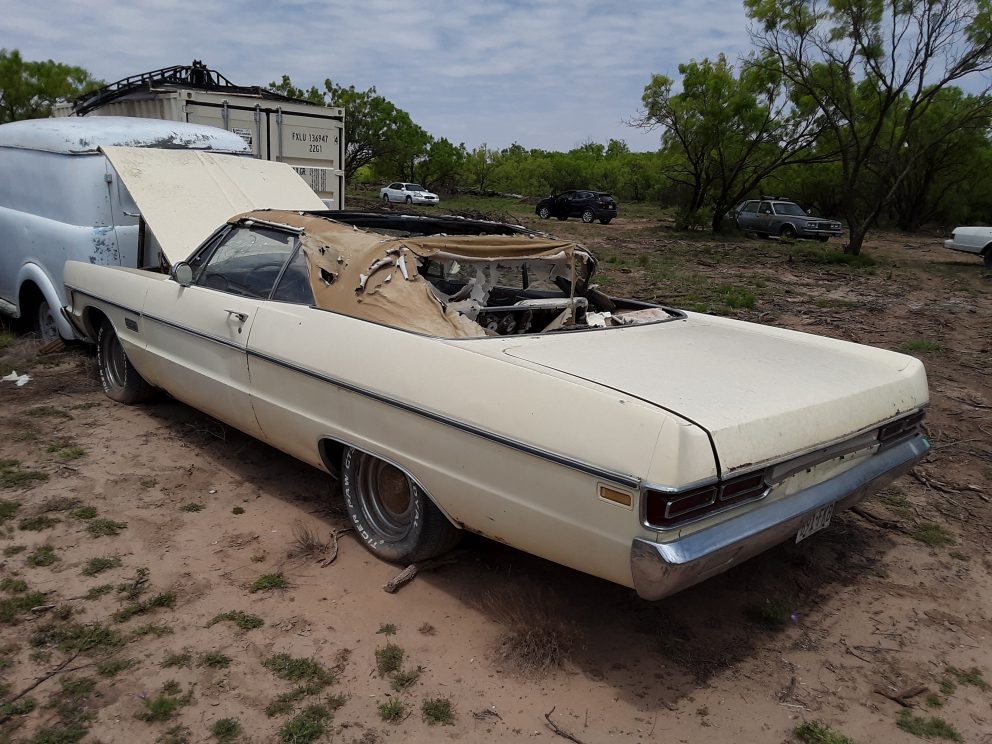
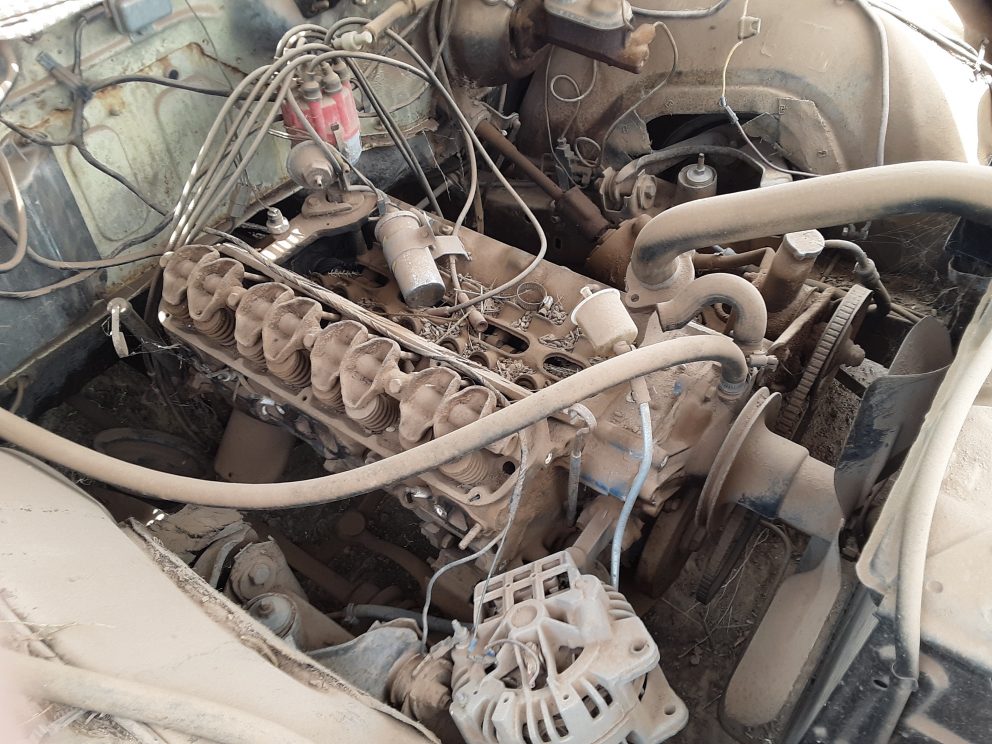
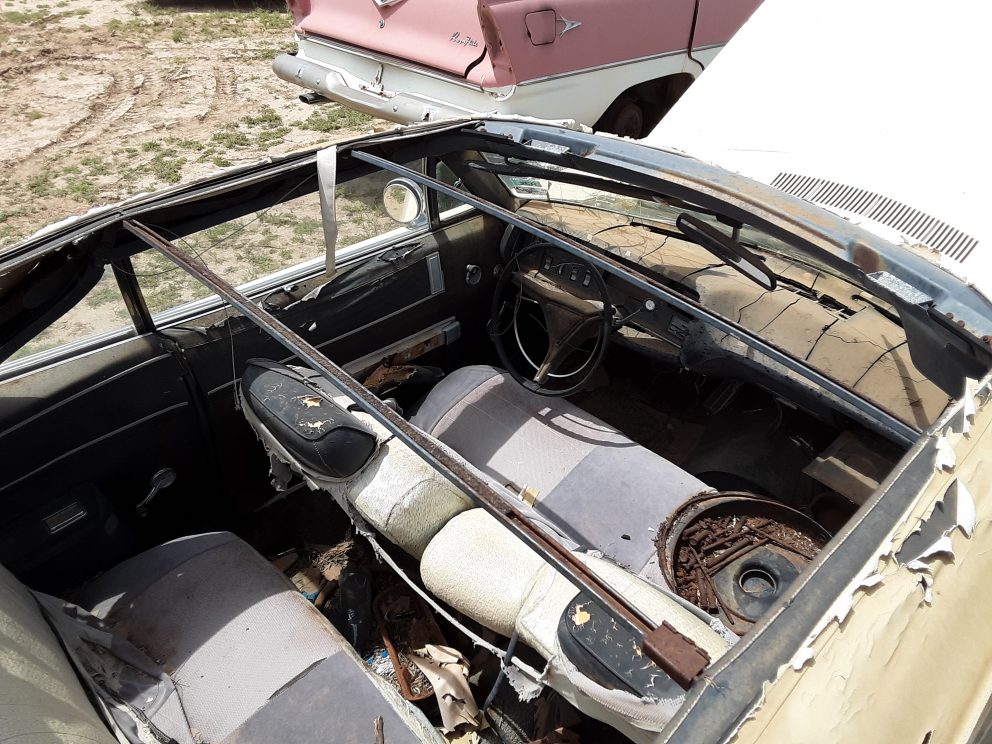
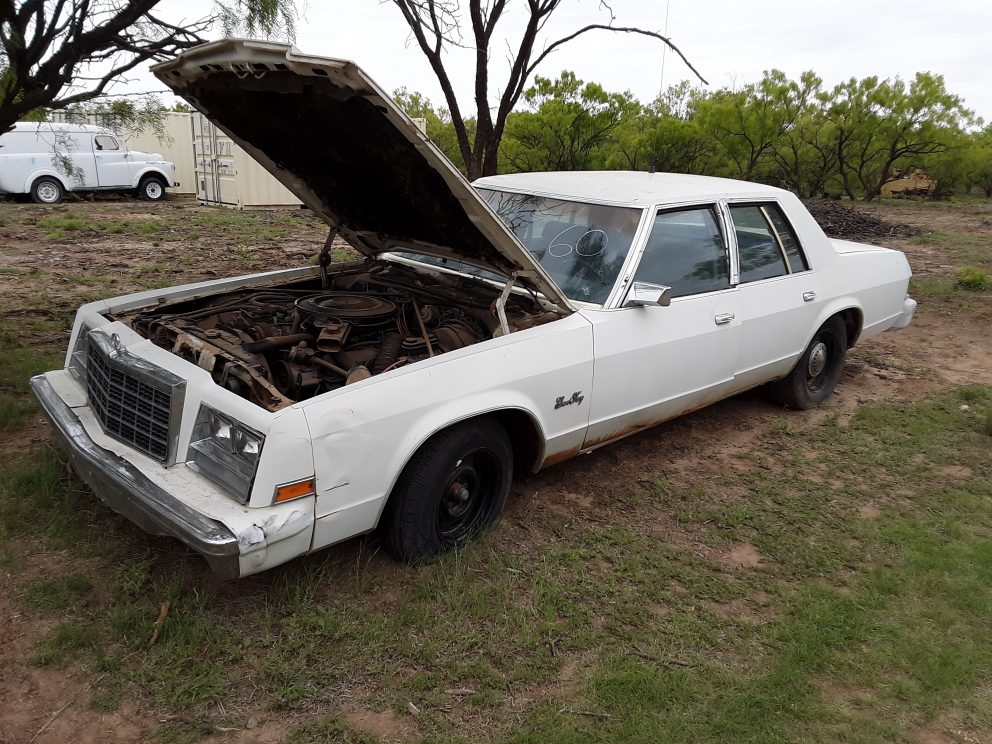
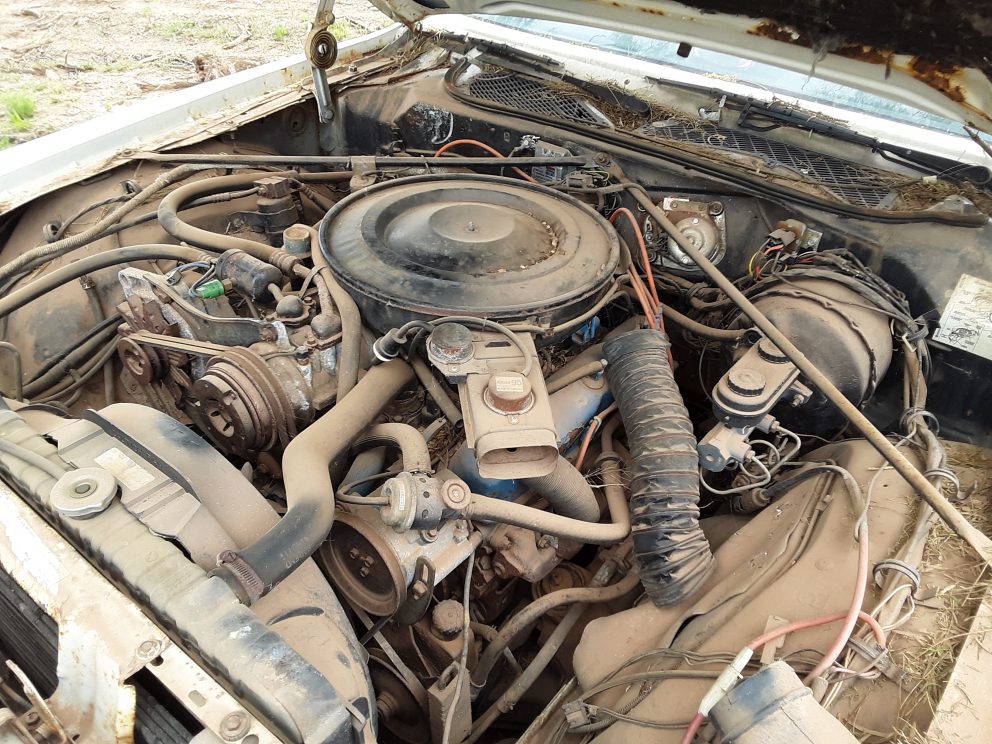
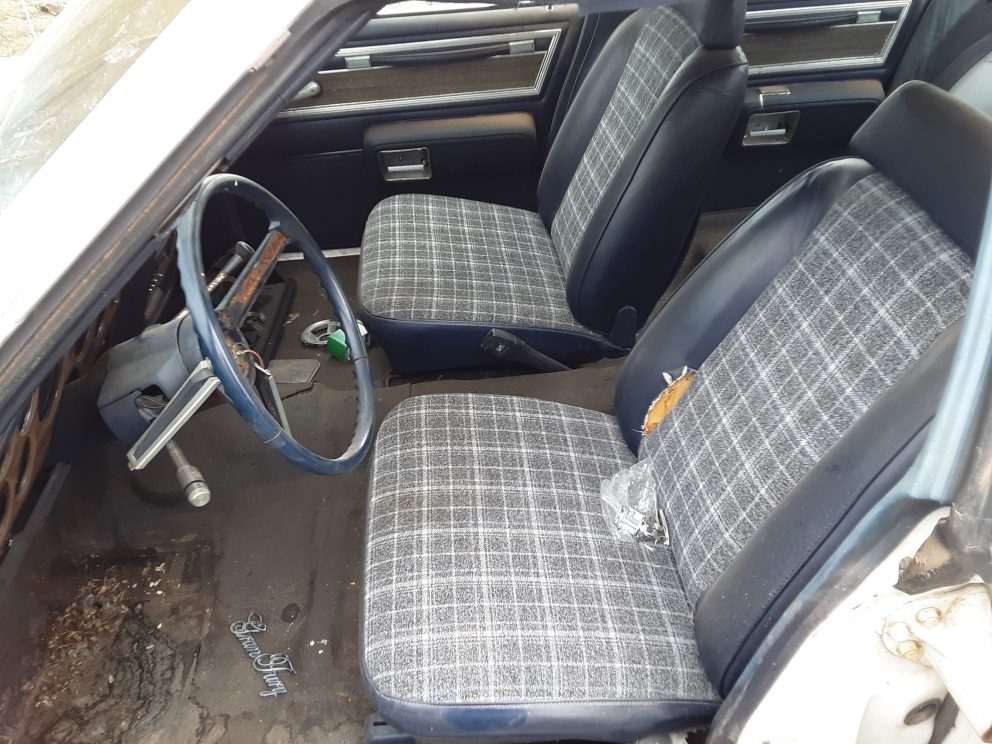
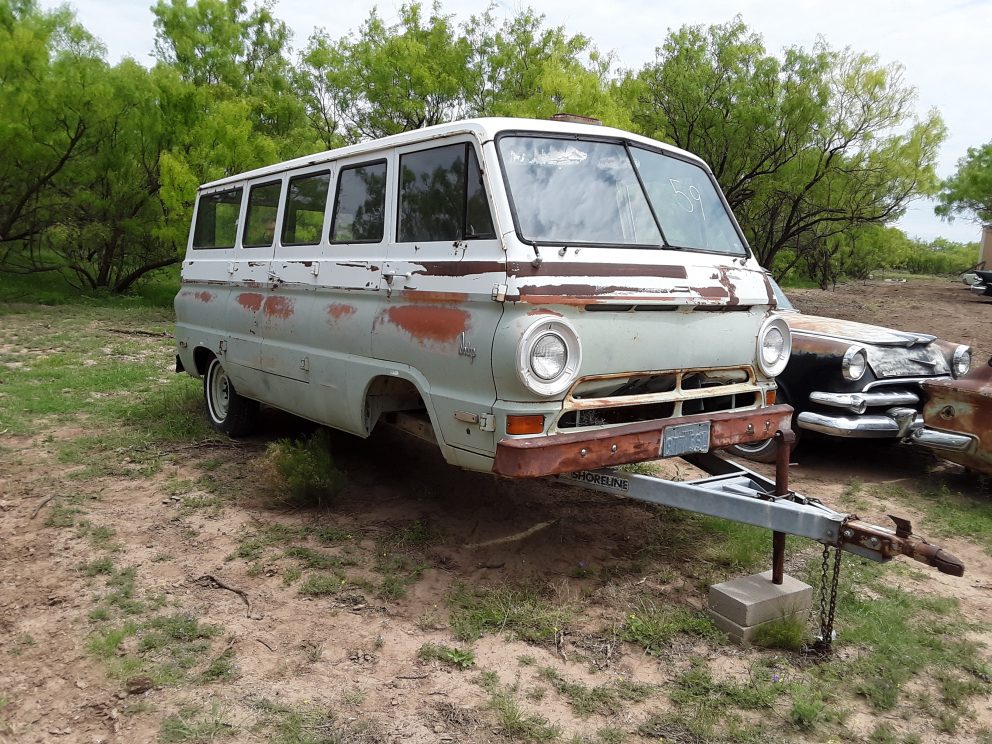
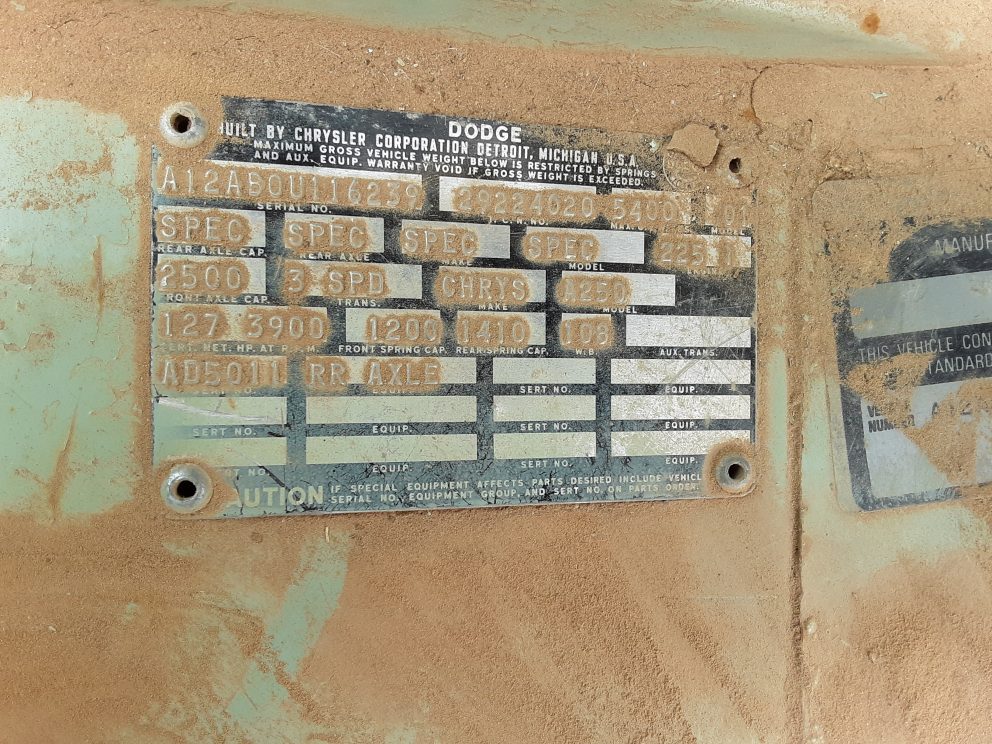
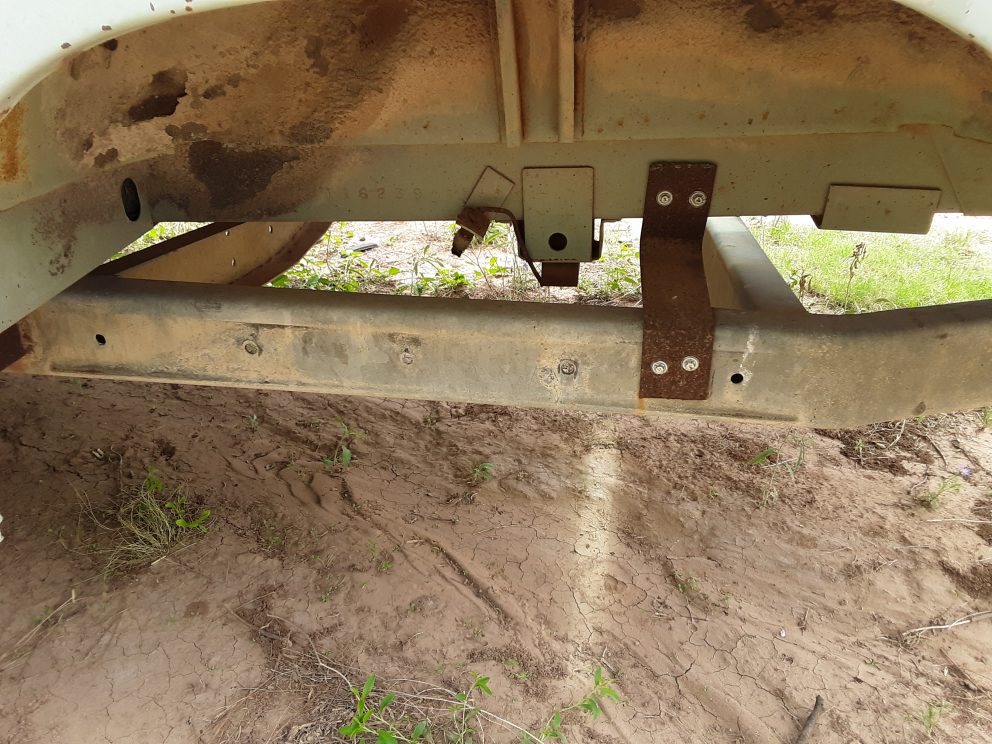
0 Comments